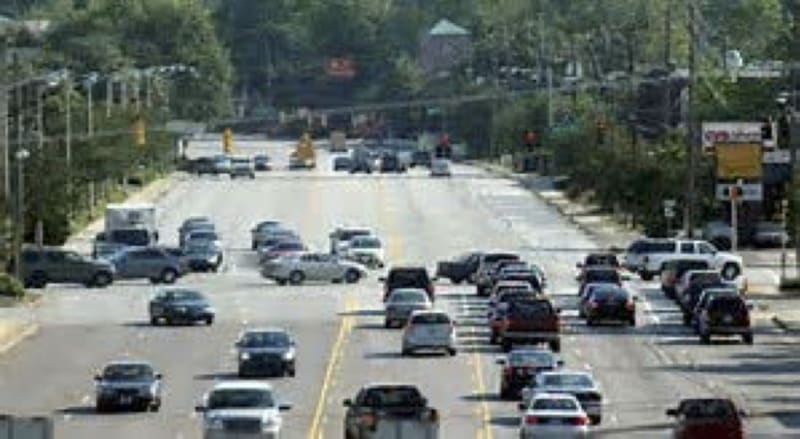If you have a drivers license, then at some time or another you sat at a traffic light with no cross traffic wondering why you are sitting there, wasting time. It is not a matter of "timing" traffic lights so traffic flows more steadily but upgrading traffic signals to recognize patterns, time of day, and conditions. "Smart" technology runs an interactive program and changes as conditions change.
1. during peak operation hours, (rush hour) traffic signals should be programed to work together. The main artery has the priority and side streets feed into the main. Running a "timer" program for the main street has it's advantages as it allows the sides streets to feed into the mainstream. This would be a "default" mode of operation.
2. as operations change, that is as the volume of vehicles decreases during the day, there is less need for traffic signals to run a strict "timer" program. A camera or sensor would be able to determine if there is side street traffic present that needs to enter. If no "side" vehicles are present, then no need for the traffic light to cycle. This allows the main traffic to proceed, uninhibited by the light and permits traffic to flow more smoothly. Several consecutive lights are programmed to work together to significantly reduce stop & go situations. Wireless communications between consecutive traffic lights is practical. Cameras or sensors mounted on the traffic signal eliminates the use of under the roadway sensors that can malfunction and become a major project to change or replace.
3. particularly at "off-peak" hours, it would be possible for the main lane light to stay "green" for minutes or even hours, again, pending observation or the presence of any "cross" traffic.
4. hours of operation are included in the programing that vary Monday thru Friday vs. weekends and morning and evening commute times. Also, optical sensing/verification of daylight or nighttime and the presence of precipitation and temperature.
5. the presence of pedestrians can be included as would be the case for city traffic. We are already familiar with the "Push to Walk" controls available at street corners.
6. by allowing traffic to "flow" more smoothly we can a) reduce travel time, b) save fuel (regardless of gasoline, diesel or electricity), which equates to c) saving millions of dollars in fuel costs, d) improves vehicle efficiency, e) reduces environmental impact and c) reduce driver stress.
Self driving cars are coming but there is still much to be completed. "Smart" traffic signals could be integrated into the existing system/network beginning now.
Like this entry?
-
About the Entrant
- Name:Eugene Haffner
- Type of entry:individual
- Patent status:none

